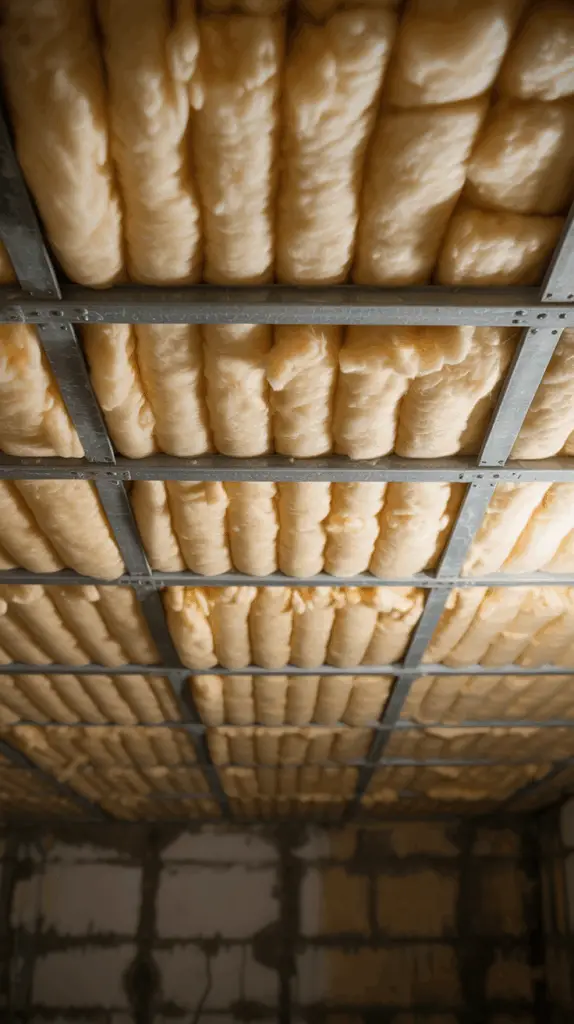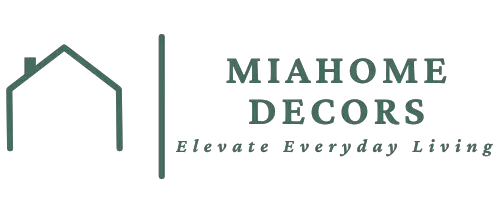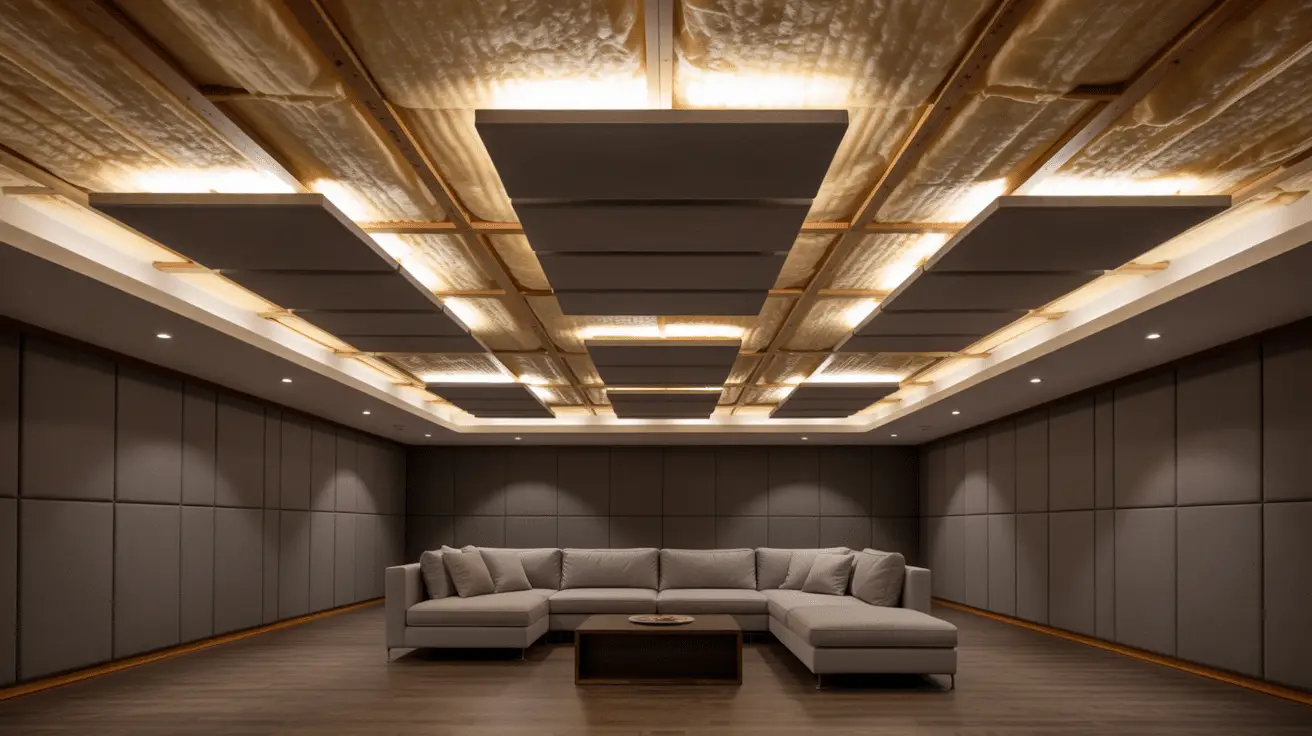Soundproof Basement Ceiling Ideas: Create a Quieter Home with Effective Soundproofing Solutions
Table of Contents
Introduction
When it comes to achieving a peaceful home environment, one area often overlooked is the basement ceiling. Whether your basement is a bustling living area, a home theater, or a quiet retreat, soundproofing your basement ceiling can drastically improve your quality of life. Noise from upstairs rooms, the street, or even your own basement activities can travel freely through poorly insulated ceilings, making it difficult to enjoy a calm, quiet space.
Soundproofing a basement ceiling not only enhances comfort but also increases privacy, prevents disturbances, and adds value to your home. The challenge, however, lies in finding the right soundproofing solutions that fit your space, budget, and needs. Fortunately, there are many effective methods to reduce sound transmission and improve the acoustics in your basement without compromising on style.
In this post, we will explore various soundproof basement ceiling ideas that will help you create a quieter, more peaceful environment. From insulation options to innovative design techniques, we’ll guide you through practical strategies to soundproof your ceiling and enjoy a more serene living space. Whether you’re dealing with unwanted noise from above or within the basement, these solutions will provide lasting results.
Understanding Soundproofing: Why It Matters for Your Basement Ceiling
Before diving into the specifics of soundproofing, it’s important to understand why soundproofing your basement ceiling is so crucial. Noise can be classified into two main types: airborne noise and impact noise.
- Airborne Noise – This is the type of sound that travels through the air, such as voices, music, or television sounds. Airborne noise can easily pass through ceilings, walls, and floors, especially in poorly insulated spaces.
- Impact Noise – Impact noise occurs when something strikes a surface, creating vibrations that travel through structures. Common sources of impact noise include footsteps, dropped objects, or furniture movements.
In a basement, both types of noise can be disruptive. Airborne noise from upstairs rooms can be heard clearly, and the sound of footsteps or activities from the basement can disturb those living above. Soundproofing your basement ceiling addresses these concerns by preventing noise from traveling in and out of the space.
Choosing the Right Insulation for Soundproofing
One of the most effective ways to soundproof your basement ceiling is by using insulation. Insulation materials reduce the transfer of both airborne and impact noise, creating a more peaceful environment. Here are some of the best insulation options for soundproofing your basement ceiling:
- Fiberglass Insulation – Fiberglass is a popular choice for soundproofing because of its affordability and effectiveness. It absorbs sound waves and reduces noise transmission. You can install fiberglass insulation between joists in the ceiling to significantly reduce noise.
- Mineral Wool Insulation – Mineral wool, or rock wool, is denser than fiberglass and offers better soundproofing properties. It also has excellent fire resistance, making it a great option for safety-conscious homeowners.
- Spray Foam Insulation – Spray foam insulation is a premium option that creates an airtight seal, making it an excellent choice for reducing airborne noise. While it’s more expensive than fiberglass or mineral wool, its superior performance makes it worth the investment for maximum soundproofing.
- Cotton Insulation – Made from recycled cotton fibers, this eco-friendly insulation is a great option for those seeking a sustainable solution. It is not only effective at reducing noise but also offers thermal insulation benefits.
When choosing insulation, it’s important to consider both your budget and soundproofing needs. For optimal results, a combination of insulation and additional soundproofing methods can be used.

Adding Acoustic Panels to the Ceiling
In addition to insulation, acoustic panels are another excellent option for soundproofing your basement ceiling. These panels are designed to absorb sound and improve the acoustics of a room. Acoustic panels can be installed directly on the ceiling or hung from the ceiling, depending on your preference and space.
- Fabric-Wrapped Panels – These panels are designed to absorb sound waves and reduce echoes. They come in a variety of colors and can be customized to match the aesthetic of your basement. Fabric-wrapped panels are an effective way to enhance soundproofing while adding a stylish touch to the room.
- Foam Panels – Acoustic foam panels are lightweight and easy to install. They can be mounted directly on the ceiling or suspended to absorb sound and prevent it from traveling through the structure. These panels are particularly effective in home theaters or music rooms.
- Acoustic Baffles – Acoustic baffles are suspended panels that hang down from the ceiling. They are ideal for large, open basement spaces where sound can bounce around. Baffles are great for sound absorption and help control noise levels throughout the space.
By adding acoustic panels to your basement ceiling, you can further reduce noise and create a more serene environment. Choose panels that suit your style and space to improve both acoustics and aesthetics.
Installing a Drop Ceiling for Soundproofing
A drop ceiling, also known as a suspended ceiling, is a popular choice for basement soundproofing. This type of ceiling is made up of tiles that hang from a metal grid system. The space between the ceiling tiles and the actual ceiling can be filled with insulation or other soundproofing materials.
- Acoustic Ceiling Tiles – These specialized tiles are designed to reduce noise and improve the acoustics in a room. They are available in various finishes and styles, allowing you to create a modern, sleek look while also reducing sound transmission.
- Soundproof Ceiling Grid System – The grid system that supports the drop ceiling can also be made from soundproof materials, such as rubberized or resilient channels, which help isolate sound and prevent it from passing through the ceiling.
- Insulated Ceiling Panels – You can opt for insulated drop ceiling panels that offer both soundproofing and thermal insulation. These panels are highly effective at blocking noise from both above and below the basement.
A drop ceiling is an ideal solution if you want to achieve significant soundproofing results while also providing easy access to pipes or wiring in your basement. It’s a versatile option that combines both function and form.
Using Resilient Channels to Isolate Sound
Resilient channels are an excellent solution for soundproofing basement ceilings, especially if you are working with drywall or want to upgrade an existing ceiling. These channels are installed between the ceiling joists and the drywall, creating a gap that isolates sound vibrations and reduces noise transmission.
- Installation of Resilient Channels – Resilient channels are relatively easy to install and are often used in combination with other soundproofing techniques like insulation or acoustic panels. They can be attached directly to the ceiling joists before the drywall is installed.
- Sound Isolation – By creating a decoupled layer between the drywall and ceiling joists, resilient channels prevent sound from vibrating through the ceiling structure. This method significantly reduces both airborne and impact noise.
- Cost-Effective Solution – Resilient channels are an affordable soundproofing option that can be combined with other materials for optimal performance. They are perfect for those who want to improve sound isolation without a major renovation.
Using resilient channels is an effective and budget-friendly way to soundproof your basement ceiling, especially in combination with other insulation or acoustic treatments.
Considerations for Aesthetic Integration
While soundproofing is important, aesthetics should not be overlooked. When designing a soundproof basement ceiling, you can combine functionality with style to create a visually appealing space.
- Custom Ceiling Designs – Many soundproofing solutions, such as acoustic panels and drop ceilings, come in customizable designs. Choose patterns and materials that suit the overall style of your basement. Wood panels, for example, can add a warm, rustic touch to a modern space.
- Lighting Integration – Incorporating recessed lighting into your soundproof ceiling design is an excellent way to enhance the ambiance without compromising on soundproofing. LED lighting can be integrated with acoustic panels or drop ceilings for a seamless look.
- Color and Texture – Choose ceiling colors and textures that complement your basement’s design. Neutral tones can blend well with any decor, while textured finishes can add visual interest without affecting soundproofing performance.
By considering both aesthetics and functionality, you can create a beautiful, quiet basement space that serves as both a sanctuary and a stylish area for relaxation.
Conclusion
Soundproofing your basement ceiling is an investment in both comfort and tranquility. By choosing the right insulation, acoustic panels, and ceiling systems, you can effectively reduce noise and create a peaceful space for work, entertainment, or relaxation. Whether you opt for a drop ceiling, resilient channels, or foam panels, the key to a quieter basement is in selecting the best solution for your space and needs. With thoughtful planning and design, you can turn your noisy basement into a quiet retreat that enhances the overall ambiance of your home.

